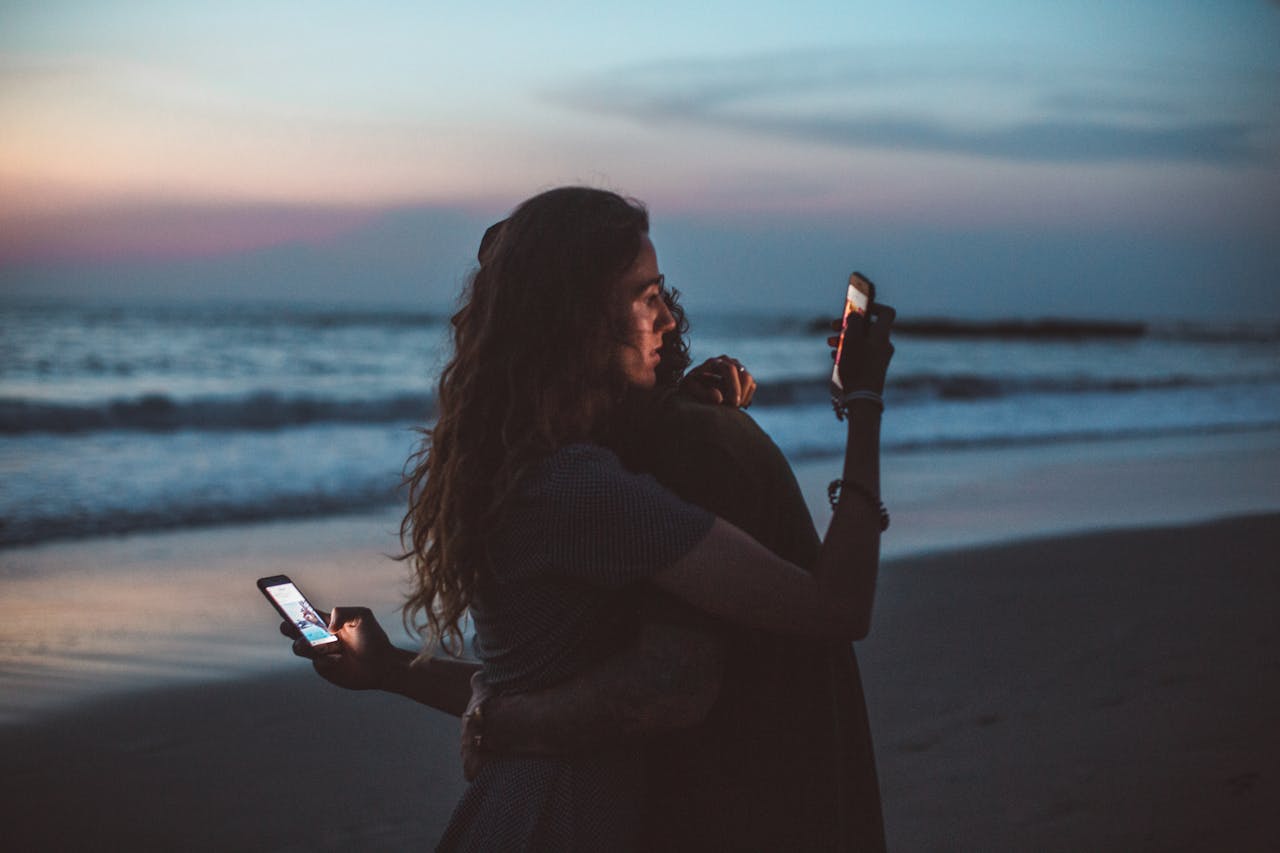The 2000s changed teen TV in the United States with texting, blogs, and early social media shaping storylines and fandom. Soundtrack-driven episodes introduced indie bands to millions, while fashion choices jumped from screen to school hallways. Networks like The WB, UPN, Fox, Nickelodeon, and Disney Channel built loyal audiences that watched live, then rewatched on DVDs and early streaming sites. These series tackled identity, friendships, family pressure, and first love with new energy. Here are twelve teen shows from the decade that defined a generation and still influence style and storytelling today.
1. Lizzie McGuire (2001–2004)
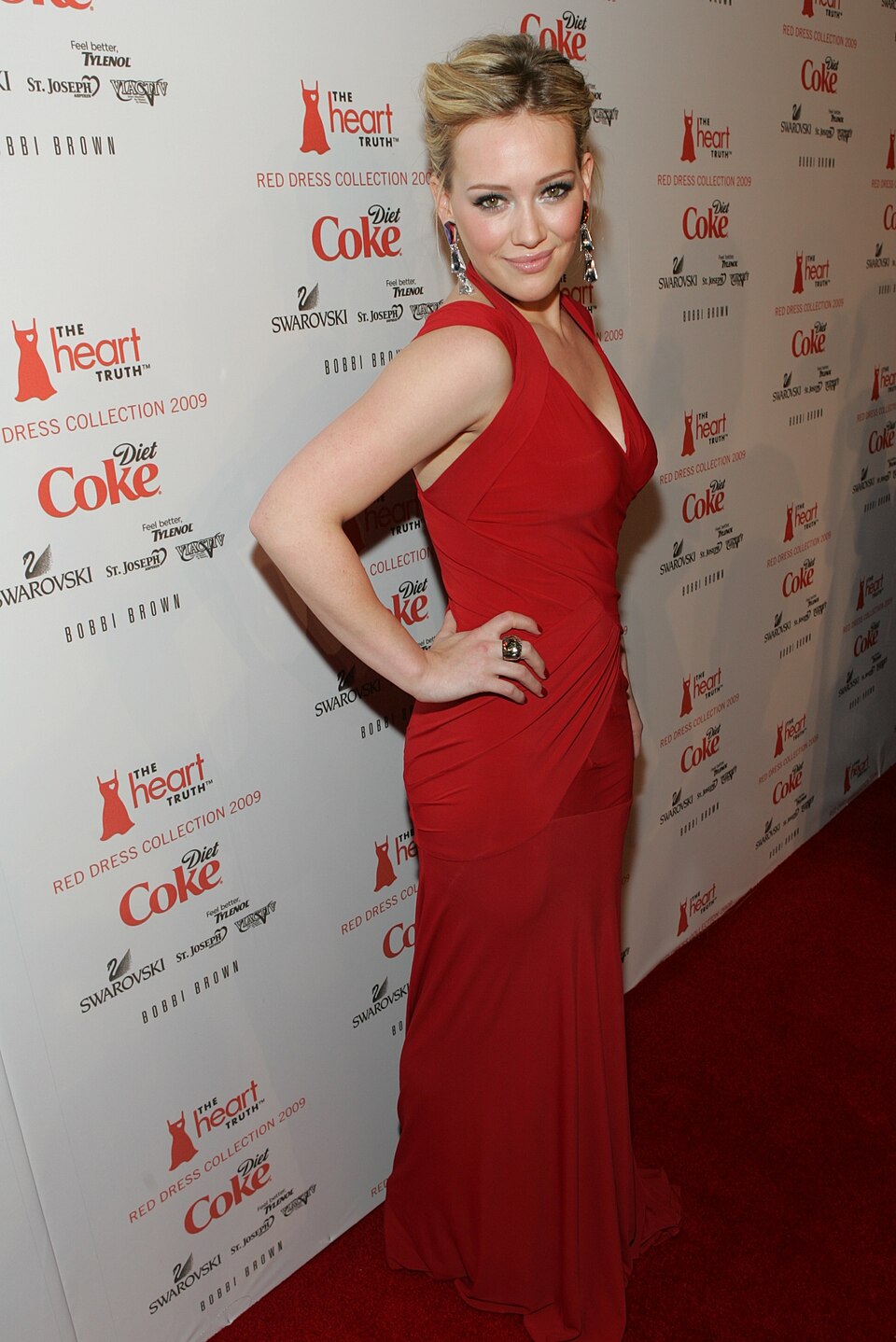
Before smartphones took over, Disney Channel gave middle school life a funny inside voice. Lizzie’s animated thoughts showed the gap between what teens feel and what they say out loud. Episodes covered braces, school dances, and friendship drama in a way that felt honest to younger viewers. Music and bright outfits set a playful tone, and the Rome movie moment turned a school trip into a pop fantasy. The show’s mix of diary-style humor and real awkwardness became a template for teen comedies across the decade, proving that small problems can feel big and deserve attention.
2. The O.C. (2003–2007)
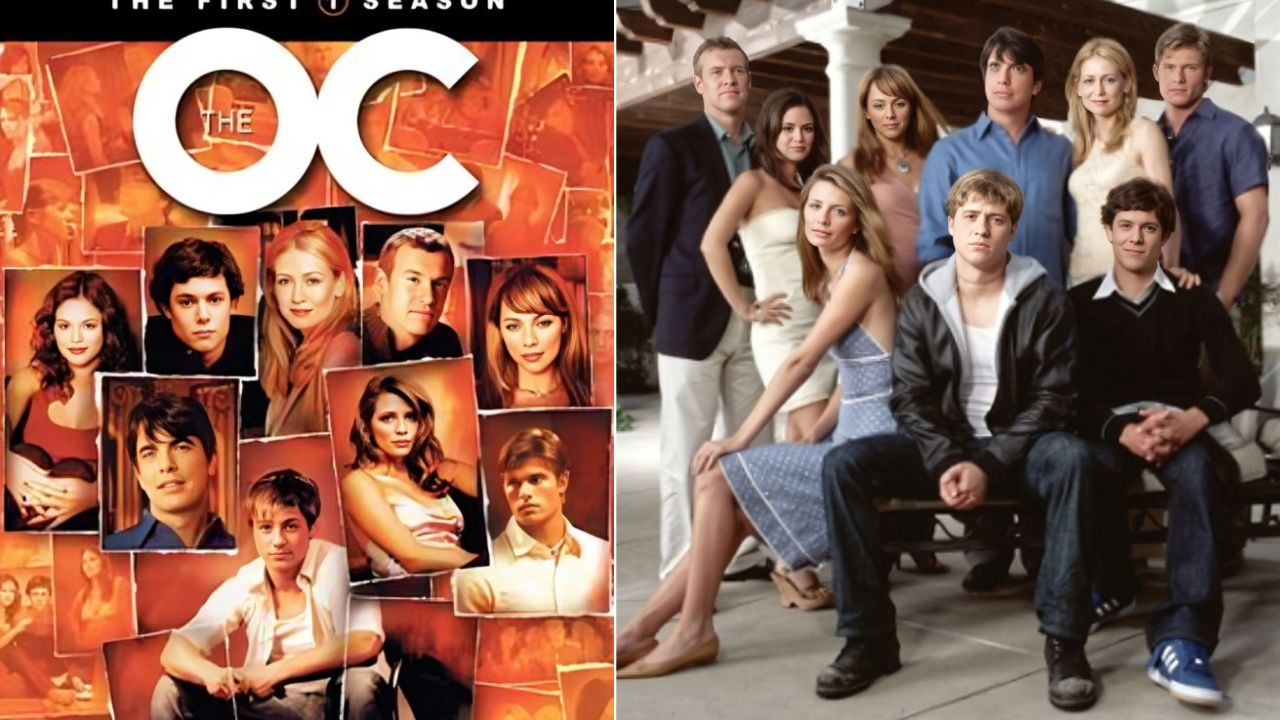
Fox sent viewers to Orange County with a fish out of water story that blended glossy mansions and sincere friendships. The show changed teen TV soundtracks by featuring indie bands in emotional scenes, which helped artists break into U.S. charts. It balanced soap level twists with grounded themes about class, family, and belonging. Fashion trends, from layered tanks to wrist cuffs, jumped from screen to lockers nationwide. The O.C. also popularized event episodes that teens watched together in real time, creating weekly conversations at school the next morning.
3. One Tree Hill (2003–2012)

Set in a small North Carolina town, this long-running drama followed basketball, music, and complicated friendships from high school into adulthood. The series used time jumps, school rivalries, and family secrets to keep viewers hooked year after year. A focus on dreams and second chances made characters feel like friends you grew up with. Music again played a major role, with concert episodes and guest performances shaping the show’s identity. For many American teens, One Tree Hill defined the idea that choices in high school echo for years, even when you leave town.
4. Gossip Girl (2007–2012)
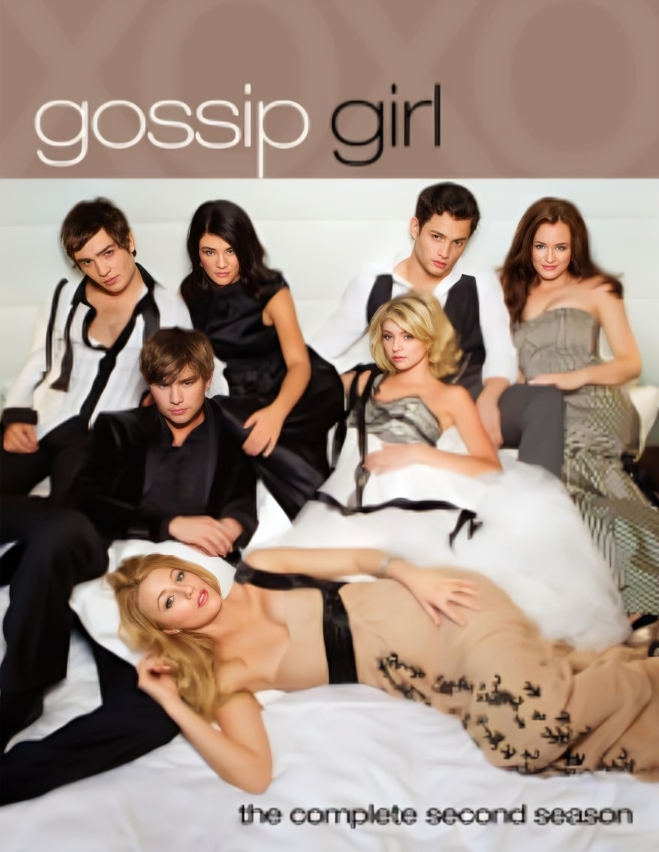
The CW captured the late 2000s with a blog that exposed New York private school secrets. Anonymous blasts and text messages powered the plot, mirroring how teens traded news through early social platforms. The series pushed fashion into the spotlight with headbands, uniforms, and dramatic coats that inspired school looks. More than scandal, it explored status, ambition, and the pressure to perform perfection. The show arrived as smartphones spread, so fans could discuss episodes online in real time, helping set a new pattern for teen culture and internet fueled fandom.
5. Degrassi: The Next Generation (2001–2015)
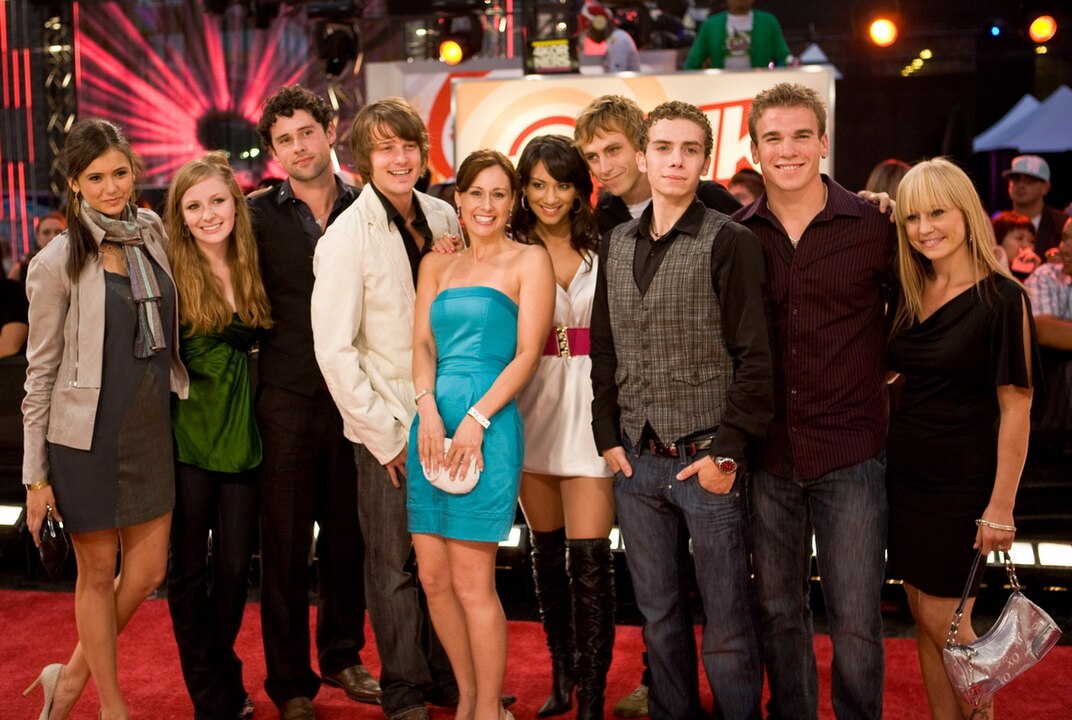
Though produced in Canada, Degrassi aired widely in the United States and won teen trust by taking real issues seriously. Storylines tackled topics like bullying, mental health, injury, and relationships without turning away from consequences. The school setting felt recognizable, including assemblies, sports, and strict rules that shaped teen choices. Each episode encouraged conversation at home or in health class, which is why teachers sometimes used clips to start difficult talks. The show’s rotating cast let viewers see younger students grow up, keeping the stories current for new classes every few years.
6. Veronica Mars (2004–2007)

This mystery series follows a sharp student detective navigating class divides and personal loss in a California town. Veronica investigated cases that connected high school politics to adult corruption, giving teen viewers a smart hero who asked tough questions. The show blended noir voiceover, well-timed humor, and season-long mysteries that rewarded close attention. Fans organized online to support renewals and later helped fund a film, showing how internet communities could keep a favorite series alive. Veronica’s independence and evidence-first thinking influenced later teen sleuths across TV and streaming.
7. Friday Night Lights (2006–2011)
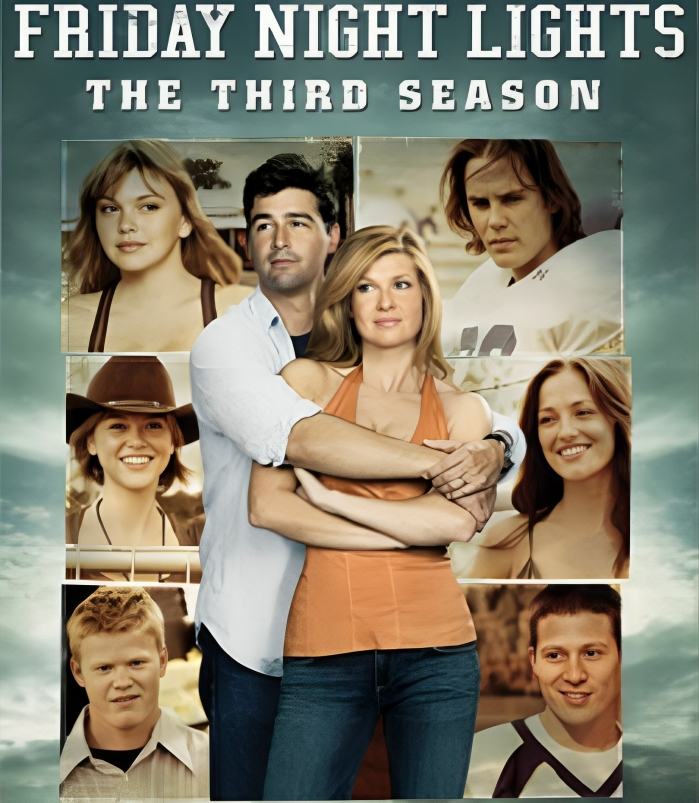
Centered on Texas high school football, the series was really about community, family, and growing up under pressure. Handheld cameras and natural dialogue created a documentary feel that pulled viewers into the town’s wins and losses. The show treated teen characters with respect, exploring college dreams, injuries, and financial stress without easy answers. Its motto, clear eyes and full hearts, became a motivational quote far beyond sports. Though ratings were modest at first, critical praise and passionate fans kept it going, and it later found a second life through streaming and word of mouth.
8. Smallville (2001–2011)
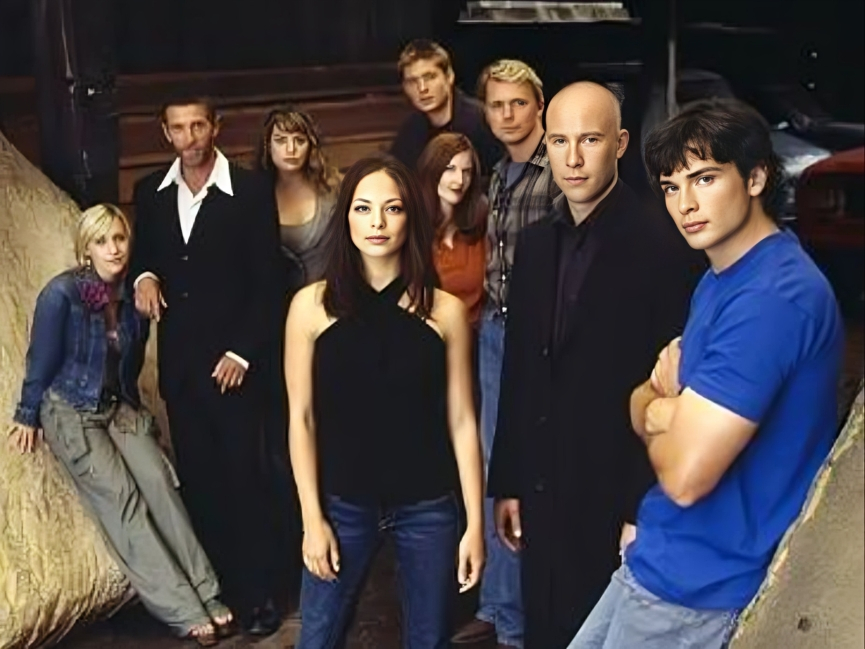
Before superheroes took over theaters, Smallville reimagined Clark Kent’s teen years in Kansas. The series focused on identity and restraint, where power came with rules and tough choices. Villains of the week mixed with longer arcs about friendship, honesty, and the future. For many teens, it was an introduction to comic book storytelling that felt personal rather than cosmic. The show’s long run across The WB and The CW helped bridge older network styles with the 2010s superhero boom, proving that character growth could anchor even the biggest myth.
9. iCarly (2007–2012)
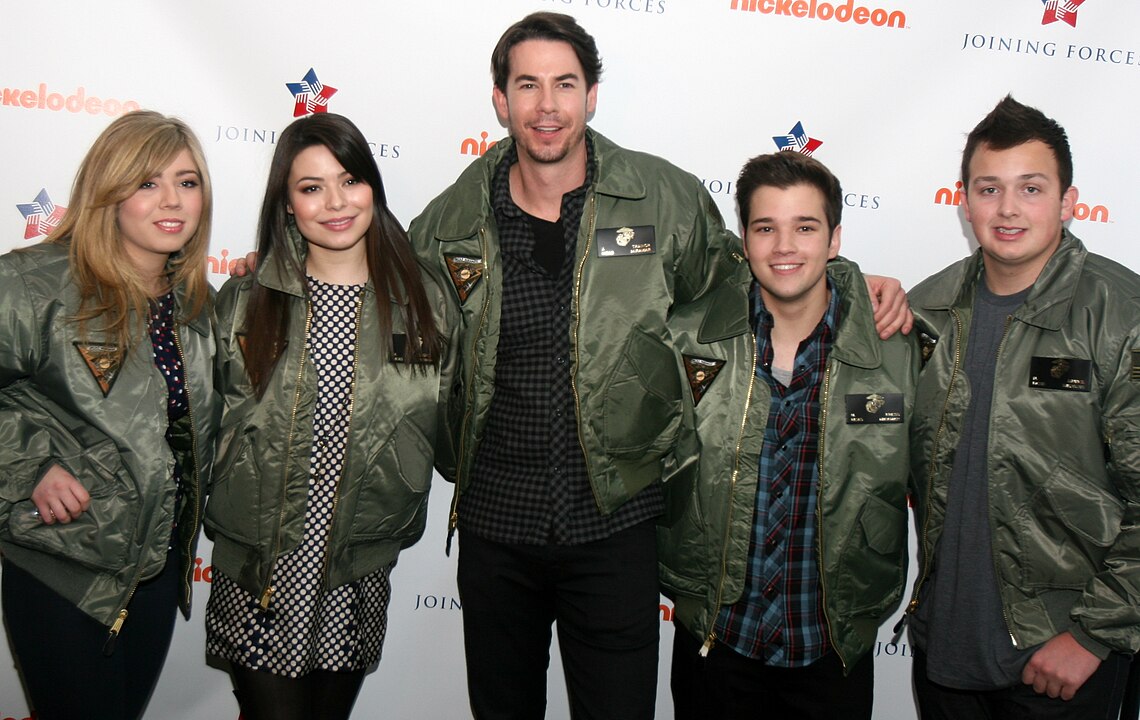
Nickelodeon captured early creator culture with a teen-run web show inside the show. Skits, segments, and fan submissions taught audiences that making content at home could reach the world. Episodes covered moderation, school balance, and online boundaries in a light tone. The loft set, tech props, and catchphrases moved easily to the YouTube era memes. For American teens who were starting to film on phones and laptops, iCarly showed both the fun and the chaos of going viral, years before short video apps dominated.
10. Hannah Montana (2006–2011)

A Disney Channel phenomenon followed a student who lived a double life as a pop star while trying to keep school normal. The series mixed family comedy with music performances, leading to albums and tours that crossed from TV to radio and arenas. Episodes explored friendship, privacy, and the stress of being known, ideas that later matched social media realities for regular teens. The show made wigs, sparkly jackets, and country pop blends part of the decade’s look and sound, proving that a kid-friendly brand could still shape mainstream charts.
11. That’s So Raven (2003–2007)
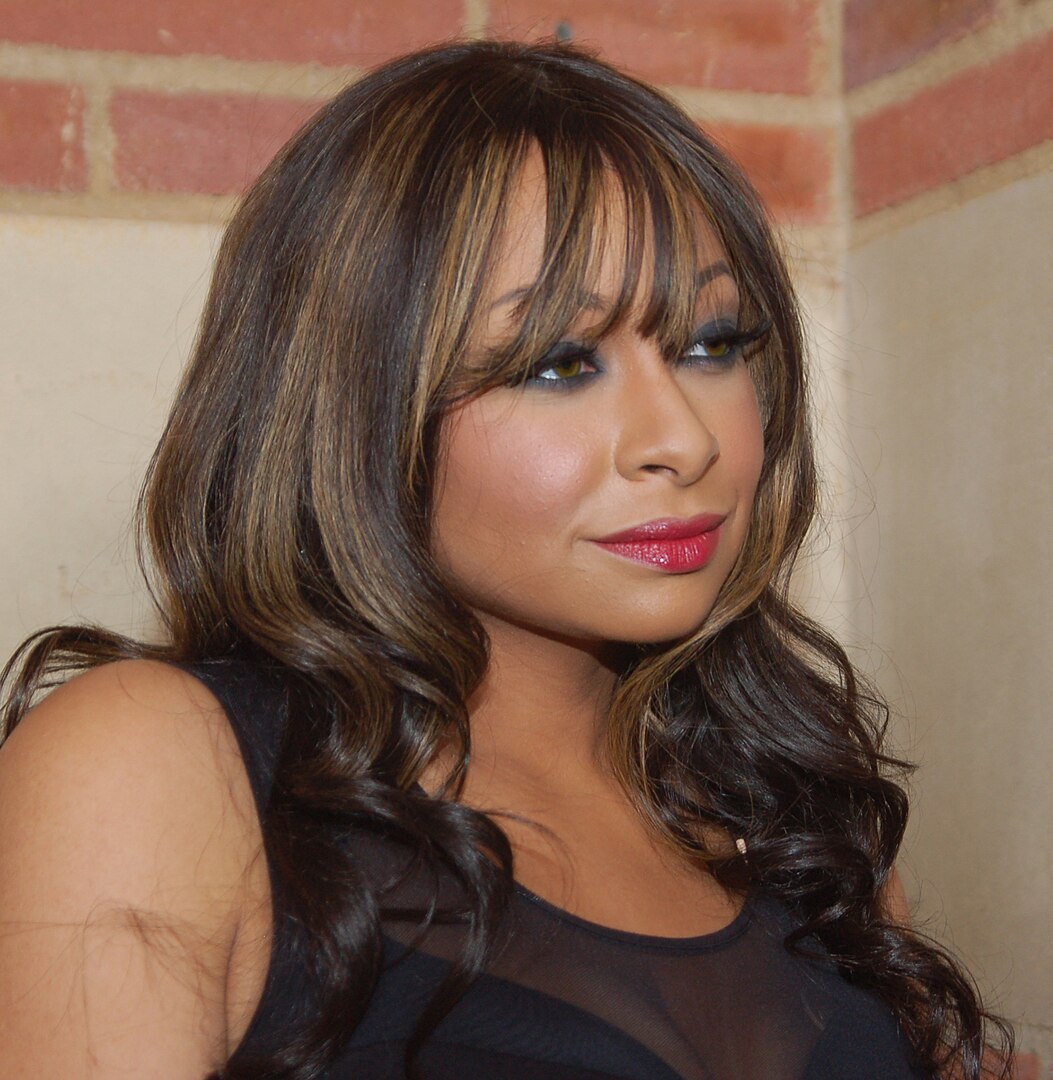
Comedy met future glimpses as Raven experienced short visions that caused new problems while she tried to prevent them. Physical humor and creative costumes made episodes unforgettable, but the series also addressed body image, school rules, and workplace fairness in age-appropriate ways. It showcased a confident leader who used creativity to solve messes, which resonated with students navigating crowded hallways and part-time jobs. The show’s success opened the door for more teen-centered comedies with strong lead performers and meaningful messages hidden inside the laughs.
12. Zoey 101 (2005–2008)
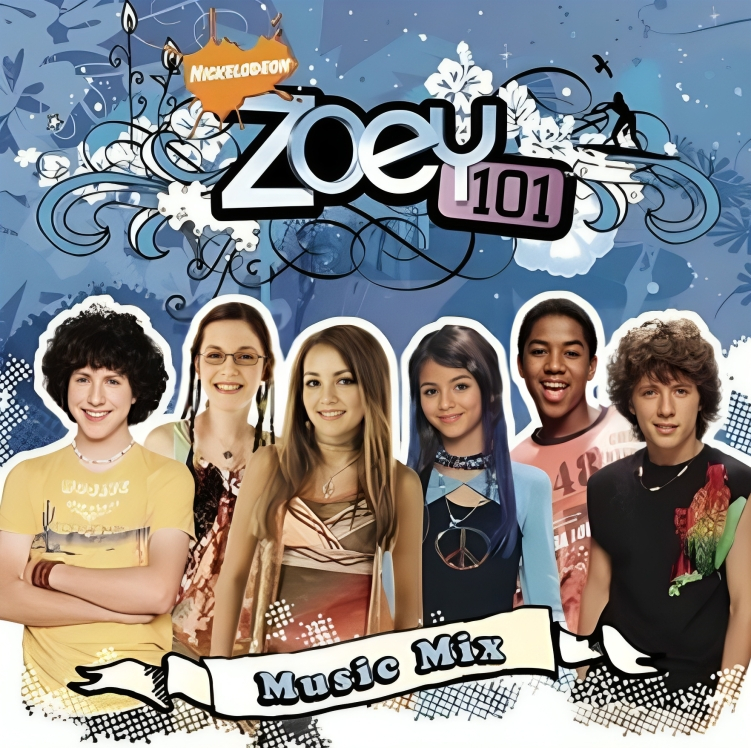
Set at a sunny boarding school with beach views and sleek dorm tech, this Nickelodeon series imagined an idealized campus life. Storylines covered roommates, group projects, and crushes, which felt like a preview of college independence for middle and high school viewers. The show popularized certain gadgets and styles, since characters carried colorful laptops and scooters long before today’s campus tours on social apps. Its mix of adventure, clubs, and friendship challenges presented school as a place to build identity, not just take tests, a message that landed with many American teens.

